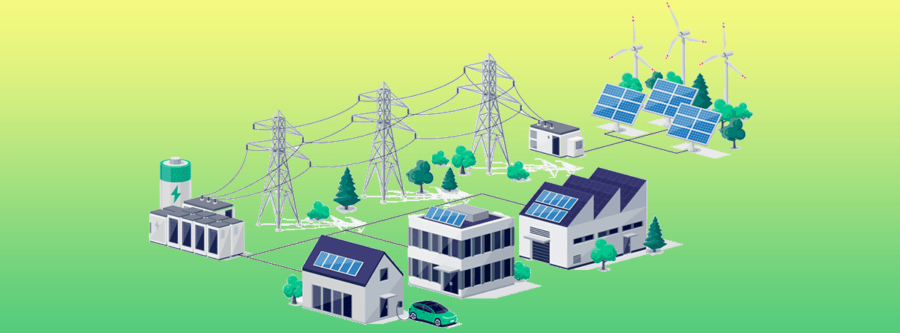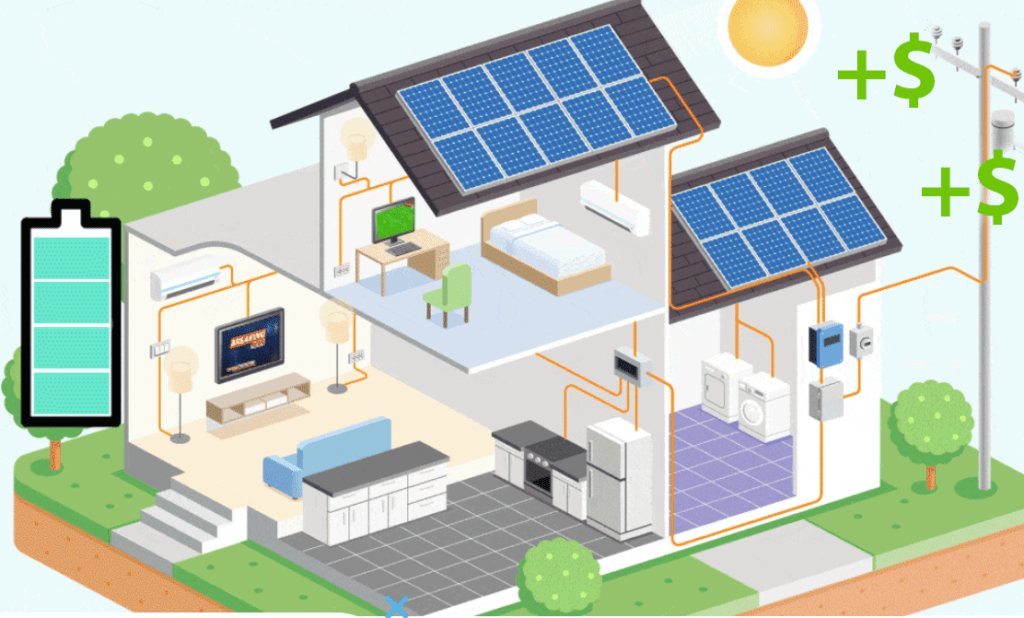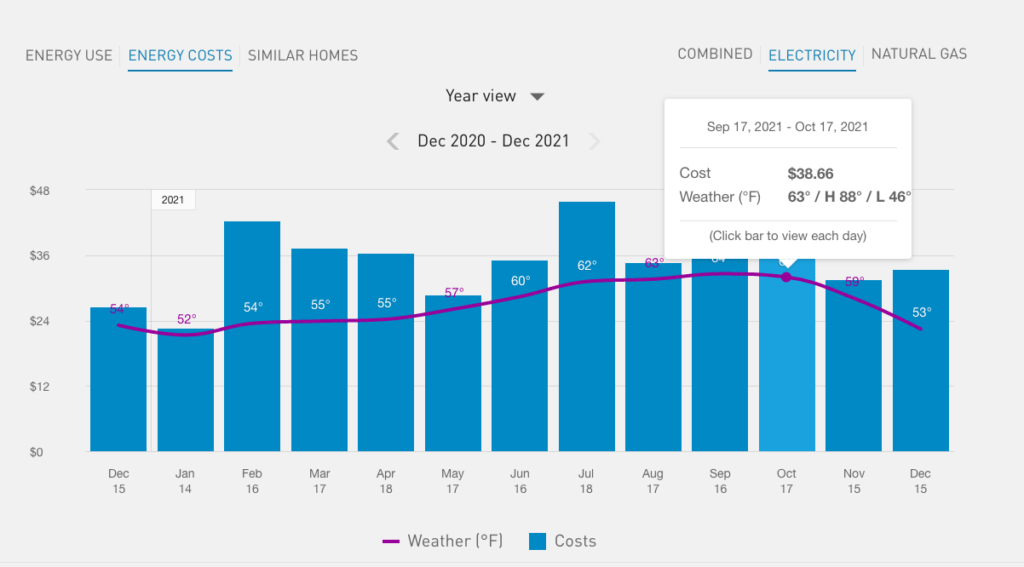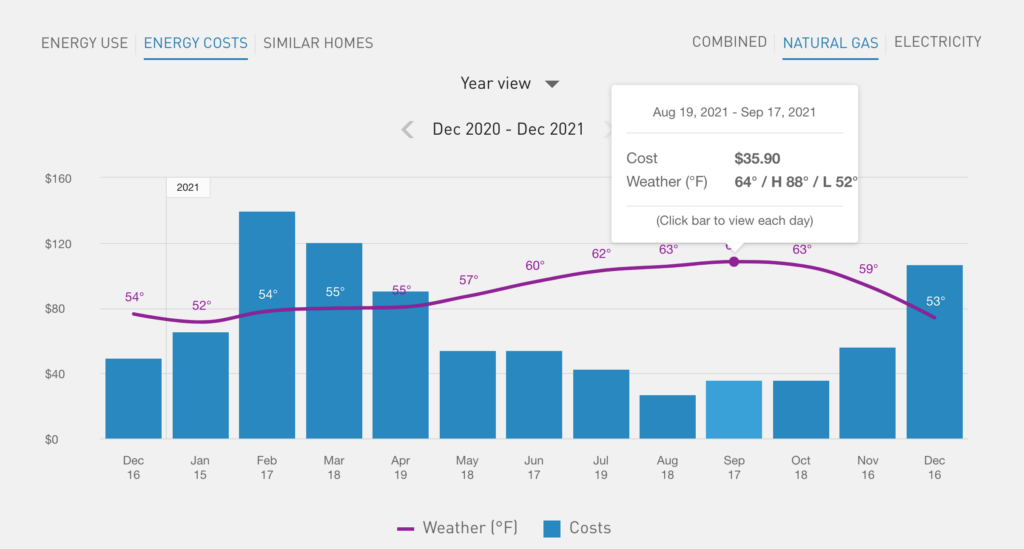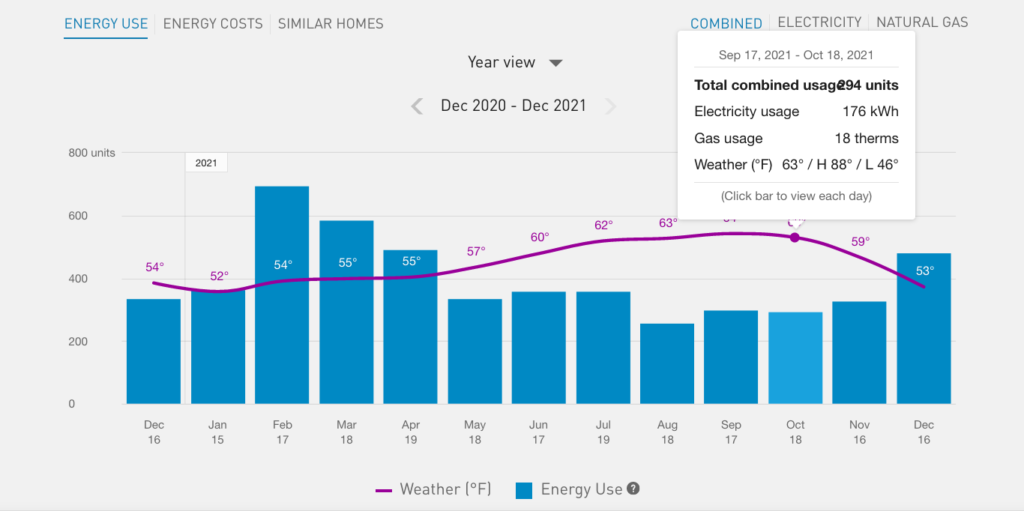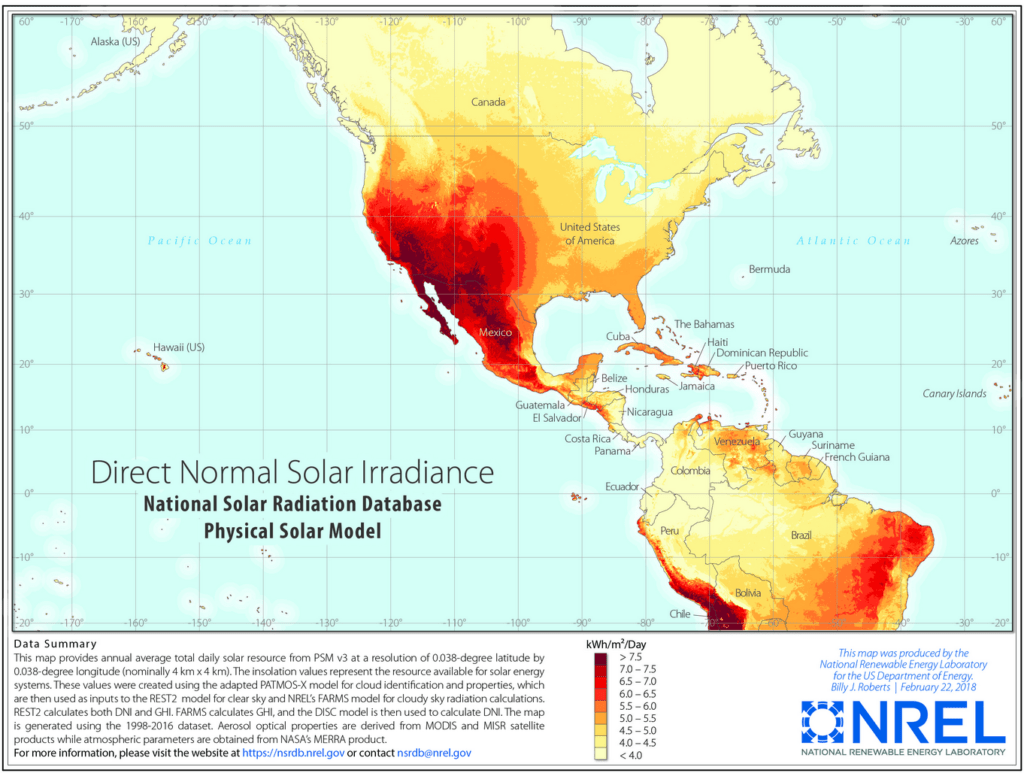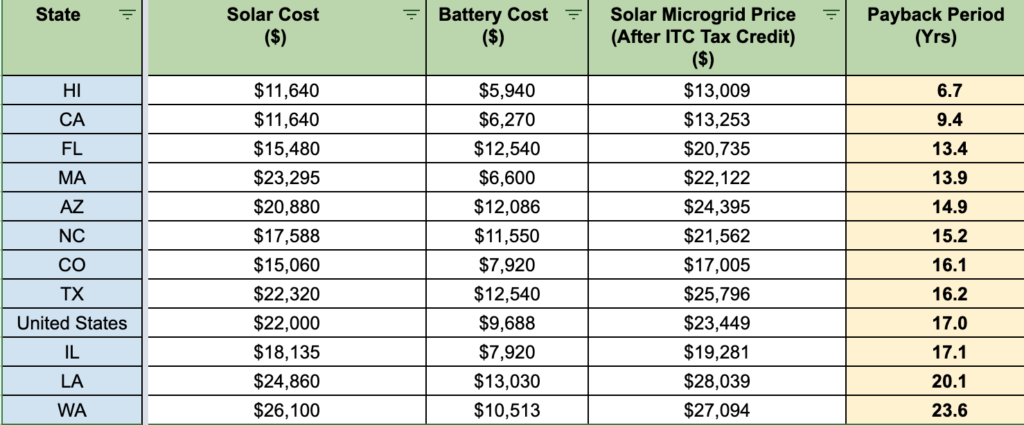A virtual power plant (VPP) is another manifestation of the sharing economy. It’s your neighborhood energy pool.
Virtual power plants are a set of software and agreements that create a network of digitally connected distributed energy resources (DERs), like solar panels, home batteries, and renewable microgrids, to pool their excess electricity production and power storage.
The VPP optimizes the pooled resources to ensure that its members – the owners of the DERS – have more reliable electricity and can sell their extra resources at a great price.
How does a virtual power plant work?
Virtual power plants’ software leverages a power grid‘s existing network of physical wires, poles, and substations to connect and coordinate the use of many individual homes, businesses, and facilities’ solar panels, windmills, hydro turbines, heat pumps, fuel cells, electric vehicles (EVs) batteries, and/or renewable microgrids. The VPP adds the available electricity generation and energy storage from each of its members’ DERs to a shared energy resource pool.
The virtual power plant’s members tell the VPP how much of their electricity production or battery storage it can use. The VPP monitors the DERs and determines how to use each member’s resource.
Virtual Power Plants use the pool of resources to enhance the entire network’s resiliency, and economies of scale enable its members to earn more from electricity and storage sales than they could on their own.
VPPs are often set up by a utility or DER company or through a public-private partnership.
Power plant vs. virtual power plant
It’s a virtual power plant because it generates electricity like a traditional power plant, but the VPP’s electricity generation comes from virtually connecting DERs that are physically spread across a geographic area instead of coming from a centralized plant.
If power plants were computers, a traditional power plant would be a large centralized data center, and a virtual power plant would be a network of many internet-connected personal computers and phones.
VPPs can be small or large, depending on their purpose, which is in contrast to conventional power plants’ extensive facilities…

Virtual power plants can consist of just several homes’ solar microgrids — or hundreds of thousands of people connecting a wide variety of DERs. Regardless of the VPP’s size, each has an aggregator – a company or organization – that manages its data and energy flow.
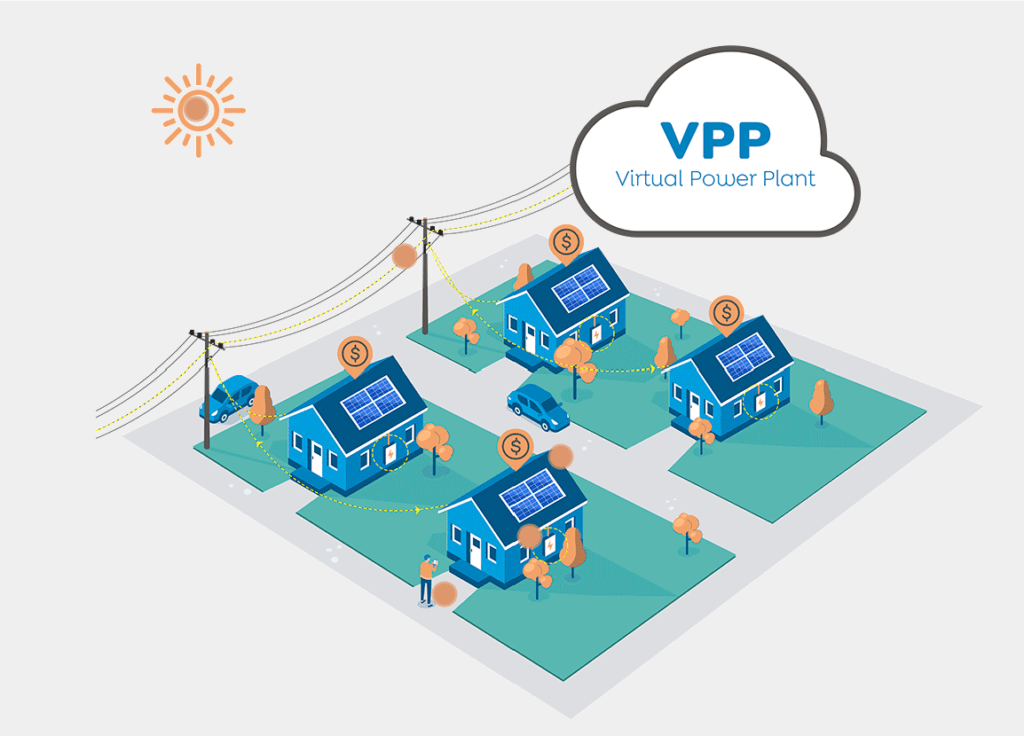
Traditional and virtual power plants also create electricity with different energy sources. Power plants typically burn fossil fuels, like coal or natural gas, while VPPs’ DERs tend to be powered by clean, renewable energy sources, like the sun and wind.
What happens when you join a VPP?
Joining a VPP generates serious benefits for you and your neighbors.
Behind the scenes, the grid constantly does the delicate dance of ensuring it has enough electricity to fully meet the demand without overproducing and unnecessarily raising costs.
When the grid misses a step, electricity prices are driven up, or people’s lights start going out.
During times of lower demand, virtual power plants often use their batteries to store excess electricity from intermittent sources, like wind and solar. The VPP then makes that stored energy available when there’s high demand. Doing so helps give VPP members, utility companies, the grid, and the local community a better ability to match electricity demand and supply.
Having a VPP in your area prevents blackouts and saves you money on energy.
Optimizing for the duck curve
What do you do when you wake up in the morning?
In addition to trading in your pajamas for clothes and, hopefully, bathing, you likely turn on a lot of electronics – lights, coffee makers and kettles, stoves, radios, TVs, and computers. By mid-morning, most of us have left the house for work, classes, meetings, errands, exercise, etc. As the sun sets, people start coming home and turning on their devices again, typically using them longer than in the morning.
This behavior pattern causes electricity demand to surge in the morning, lull in the middle of the day, and peak in the evening.
Solar panels start producing electricity when the sun rises. Production peaks around midday and then falls off as the sun sets…and people come home. Causing a significant mismatch in the timing of electricity production and usage. This intraday fluctuation in demand and production is called the duck curve.
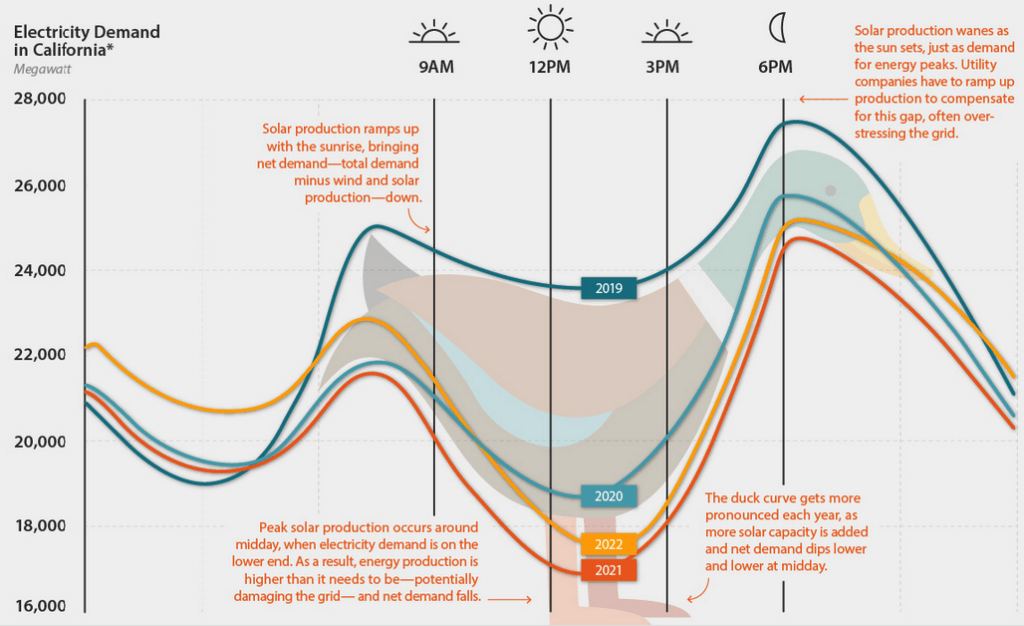
Virtual power plants enable us to store the excess solar energy being soaked up by the solar panels in their batteries.
Then, make that power available to the grid’s managers when demand increases. Enhancing their capability to meet our energy needs with a clean, low-cost supply.
This capability significantly benefits everyone connected to the grid, even if they aren’t a VPP member.
How virtual power plants help your neighbors
Even if your neighbors aren’t VPP members, they benefit when you become one.
Fewer blackouts
By adding your DERs to a grid-connected VPP, you’re helping the neighborhood avoid power outages. There are up to 3 ways it can happen…
- Connect a battery. You’re creating a deeper reserve of energy from which the grid can draw when its current electricity generation can’t keep up with demand.
- Connect a generator. Adding your solar panels, wind turbines, or heat pumps to the grid provides greater capacity to generate electricity, making it less likely for demand to surpass supply.
- Disconnect from the grid. If you island your home from the grid at times of peak demand, it assures that you’re not adding additional demand for the limited supply.
The VPP constantly monitors their members and third parties’ energy demand, then adjusts participation in the grid’s supply and demand to optimize for preventing outages and generating revenue.
If the grid has a blackout in your neighborhood, and your home is powered with a renewable microgrid, you can keep your lights on and invite neighbors over to enjoy the comfort of your home.
Cheaper energy
Increasing demand for the grid’s electricity is often accompanied by higher prices for the utility company’s customers.
The price increase is at least partly due to the grid’s need to get electricity from more expensive sources to meet the larger demand. By design, the utility company generates electricity from the least expensive sources capable of meeting the current demand.
So when electricity demand surges, the utility company must increase output from its generators and turn on new generation sources. By design, providing these additional electrons comes at a higher cost to the utility company than what it costs them to meet the lower demand threshold.
When utility companies can tap into a virtual power plant’s energy pools, they can access electrons at a lower cost and pass those savings on to customers.
How VPPs help their members
The pooling of electricity allows VPP members to coordinate electricity generation and energy storage. Enabling them to use and trade energy more effectively. The bigger your pool, the more excess electricity and storage you have, and the more money you can make from selling it.
Gaining more resiliency
You experience fewer outages as a VPP member.
The enhanced resiliency derives from the ability to use the other VPP members’ available electricity if your DER hasn’t produced or stored enough to meet your current needs.
You also have a much larger reserve of backup power than just what can be produced and stored on your own. The VPP’s software manages the collective energy pool, allowing members to access needed electrons.
When winter storm Uri knocked out much of Texas’ grid for over a week, DER owners and VPP members kept their lights on while avoiding astronomical energy bills.
Making more money
Pooling the energy means VPPs can trade power with favorable economies of scale. Allowing its members to secure more lucrative payment terms than they could on their own.
As a VPP member, you make money by selling the excess electricity you produce or your available energy storage capacity to external users, like utility companies and the grid. You can also arbitrage rates, allowing you to save money and sell electricity at higher prices.
Enabling powerful rate arbitrage
Rate arbitrage is taking financial advantage of the frequent changes in the grid’s electricity prices. This enables you to avoid paying too much for electricity from the grid as well as sell your energy resources when prices rise due to high demand on the grid.
By joining a virtual power plant, you can arbitrage rates more effectively due to its larger pool of electricity production and energy storage.
You save money on energy bills by switching off your grid electricity when utility companies charge high prices. Inversely, the VPP can turn on grid energy when prices drop. Depending on where you live, those prices can change daily, hourly, or even by the second.
The VPP can monitor the market’s price changes and automate your selling, storing, and islanding at the times that maximize your financial return.
VPPs’ arbitraging of rates is so powerful that SunPower, a leading provider of solar microgrids, estimates that their customers will save at least $100 and up to $1000 per year by participating in its VPPs.
General Electric expects its VPP members in Portland, OR, to earn $20-40/month by selling their available battery storage.
In Australia, the utility company AGL pays homeowners $100 when they enroll their battery in its VPP and then makes quarterly payments of $45.
The money you’re paid usually originates from the utility company operating the grid. Although you may be paid by the VPP instead of directly from the utility company. This payment structure varies quite a bit from VPP to VPP, as they have different aggregators and stakeholders.
Where can you find virtual power plants?
In 1997, Dr. Shimon Awerbuch published the book “Virtual Utility: Description, Technology, and Competitiveness of Emerging Industries .” It was the first time the virtual power plant concept was shared with the general public.
VPPs became of practical interest in Europe post-2010, partly due to Germany’s commitment to close its nuclear power plants paired with their catalyzation of the solar industry the decade before.
Europe’s first VPP kicked off in 2012 when the Nordic energy company Statkraft implemented one in Germany that generated electricity equivalent to 10 nuclear reactors.
Today, Virtual Power Plants have spread to a handful of countries, and they’re expected to continue spreading quickly as producing your own electricity is being adopted globally.
Here’s where you can find Virtual Power Plants today:
VPPs in the United States
11 US states offer virtual power plant memberships to DER owners:
- Hawaii
- Oregon
- California
- Texas
- Maryland
- Delaware
- Rhode Island
- New Jersey
- New York
- Connecticut
- Massachusetts
- New Hampshire
In partnership with the local utility companies, one or all of the major brands offering solar microgrids, SunPower, Sunrun, Tesla, Sunverge, Generac, and Enel X, offer their customers VPP membership in these states. On top of these solar brands, VPP companies Swell and Ohm Connect have programs in many of these states.
VPPs in Japan
Japan is still looking for ways to increase its energy production capacity since a massive earthquake destroyed the Fukushima nuclear power plant in 2011. A Californian company, Autogrid, and the storied Japanese conglomerate Toshiba are developing VPPs in the country.
VPPs in Taiwan
Enel X runs a virtual power plant in Taiwan that recently allowed its members to begin receiving regular payments by selling their available storage to Taipower.
VPPs in Australia
Australia has one of the most publicized VPPs. Managed by Tesla, it’s one of the country’s largest. Tesla made a big splash in 2019 by being the most well-known international brand to offer VPP members to thousands of homeowners. In April 2022, Tesla announced the expansion of its VPP to provide membership to 50,000 Australian homes with Powerwalls. Because the Australian government has invested in smart meters, Tesla knows when there’s extra capacity available from local customers’ solar systems and batteries.
Utility companies AGL and Evo Power also offer VPP membership to Australians with a wide range of battery brands. AGL’s VPP is available to homeowners, whereas Evo Power’s is designed for commercial and industrial clients.
VPPs in the European Union
Next Kraftwerke, based in Cologne, Germany, operates one of Europe’s largest virtual power plants. The Next Pool VPP is a network of over 13,000 decentralized power generators and consumers. With such a large VPP, they can optimize networked customers’ electricity production and consumption 24/7 based on price signals and trade their electricity on various European exchanges (e.g., EPEX and EEX).
VPPs in the United Kingdom
In 2017, UK Power Networks embarked on the kingdom’s first “virtual power station,” as the company called it. The initial trial included 45 homes with batteries in the London area. VPPs’ momentum has been building here ever since.
Octopus Energy operates a VPP in conjunction with Tesla. Offering membership to UK homeowners with Powerwalls. Interestingly, in February 2022, Ev.energy received £295,000 in funding to build out the UK’s first VPP with only electric vehicles (EVs) as the DERs.
Where your DER’s type, size, and location dictate which VPPs you can become a member of.
Who uses virtual power plants?
So, who are the people actually becoming VPP members?
There’s a broad range, from massive industrial facilities to individual households. Some members own just one DER, like an electric vehicle, while others have many solar systems, wind turbines, smart meters, and batteries. Members joined their VPP through their power utility, DER provider, or a company specializing in VPP services.
Let’s meet a few of today’s VPP members.
Finn Peacock in Australia made this enlightening video about the benefits and drawbacks of being a member of his local VPP for the past 4 years.
In Houston, Texas, a project called TexFlex has recently enabled 14 apartment renters in the Montrose neighborhood to get the SolarEdge Energy Bank and become members of PearlX’s VPP. In doing so, these Houstonites get cleaner and cheaper electricity.
I’ve also joined a VPP, even though our building doesn’t have DERs. OhmConnect’s unique VPP allows you to become a member by adding your DERs, smart thermostats, or smart outlets. So that I could join and add to their energy pool, OhmConnect sent me 2 free smart outlets after telling them that I’d like to be a member.
Now, OhmConnect updates me about upcoming energy shortages on the grid and pays me if I decrease my power use during that time, which I almost always do. It’s so easy – their app enables me to remotely turn on and off the smart outlets.
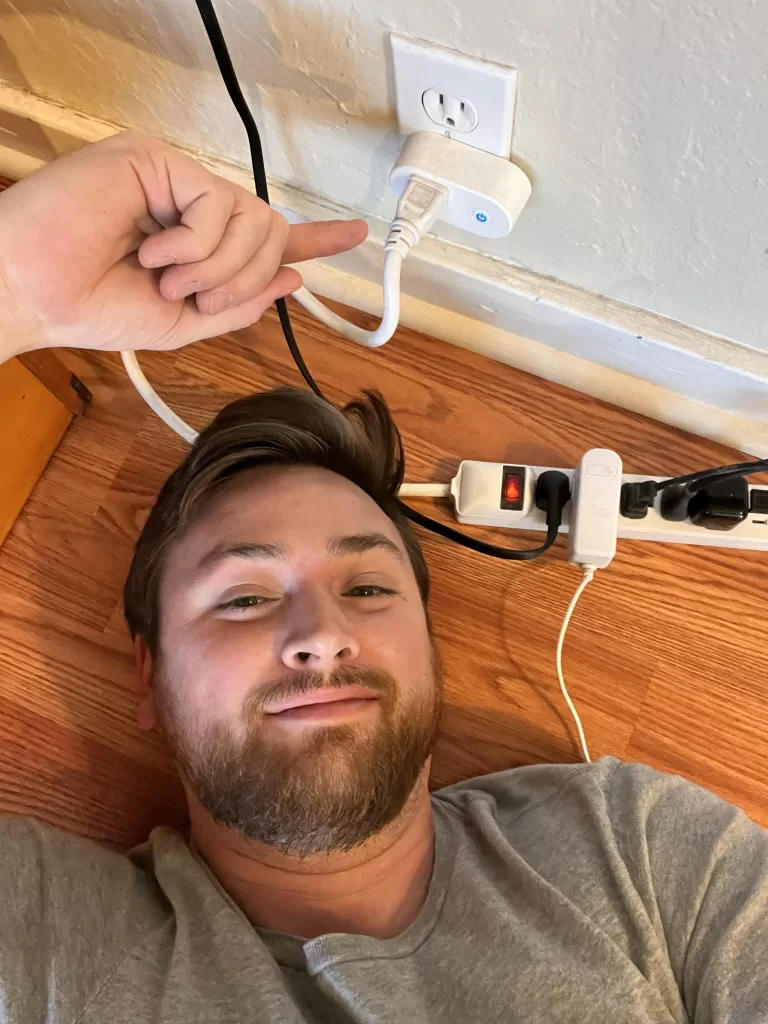
Becoming a VPP member
Many people don’t fully appreciate the power that comes from generating and storing our own electricity. But you’re not like most people.
A solar system, electric vehicle, and home battery make sense because it sucks relying on costly fossil fuels that pollute and frequently cause blackouts. Once you begin powering life with these DERs, you can also use them to join a virtual power plant.
We’re leaders who’ve recognized that cutting pollution is excellent for the bottom line and creates more resilient lives. And now, by joining a virtual power plant, you can grow the return on investment for your solar system, home battery, and electric vehicle while bolstering your resiliency. So how do you become a VPP member?
How to join your local virtual power plant
Contacting your utility energy company is usually the quickest way to determine if a grid-connected virtual power plant is in your area. Companies or organizations in your area offering solar panels, batteries, windmills, hydro turbines, fuel cells, heat pumps, or EVs should also know if there’s a local virtual power plant that you can join with one of these technologies.
What if there isn’t a VPP in my area today?
It’s shocking to see how quickly VPPs have spread across the globe in less than 10 years, but your location and DER type still dictate your access.
Frankly, the speed that VPPs proliferate is largely dependent on the VPP aggregators. While working for SunPower, I helped plan VPP expansion into the Midwest and experienced how challenging it can be for stakeholders (utilities, hardware providers, renewable microgrid platform operators, local associations) to decide who’s responsible for the VPP’s’ monitoring, payment, and upkeep.
But I’ve also seen how much effort some of the world’s largest clean energy companies and utilities are investing in growing VPPs and creating shared rules of the road. So even if there isn’t a VPP in your area today, they’re likely will be one before 2030.
“2030! That’s too long!!!” You say. I agree. Here’s a few ways to speed up the process…
How to get a VPP in your area
- Request your utility company to offer a VPP. And encourage neighbors to do the same.
- Request that local DER companies and organizations create a VPP. And encourage other DER owners to do the same.
- Join the Electric Islands mailing list to get updated on VPP developments, and share them with your community so that neighbors become aware of the benefits they can reap by having a VPP locally.

